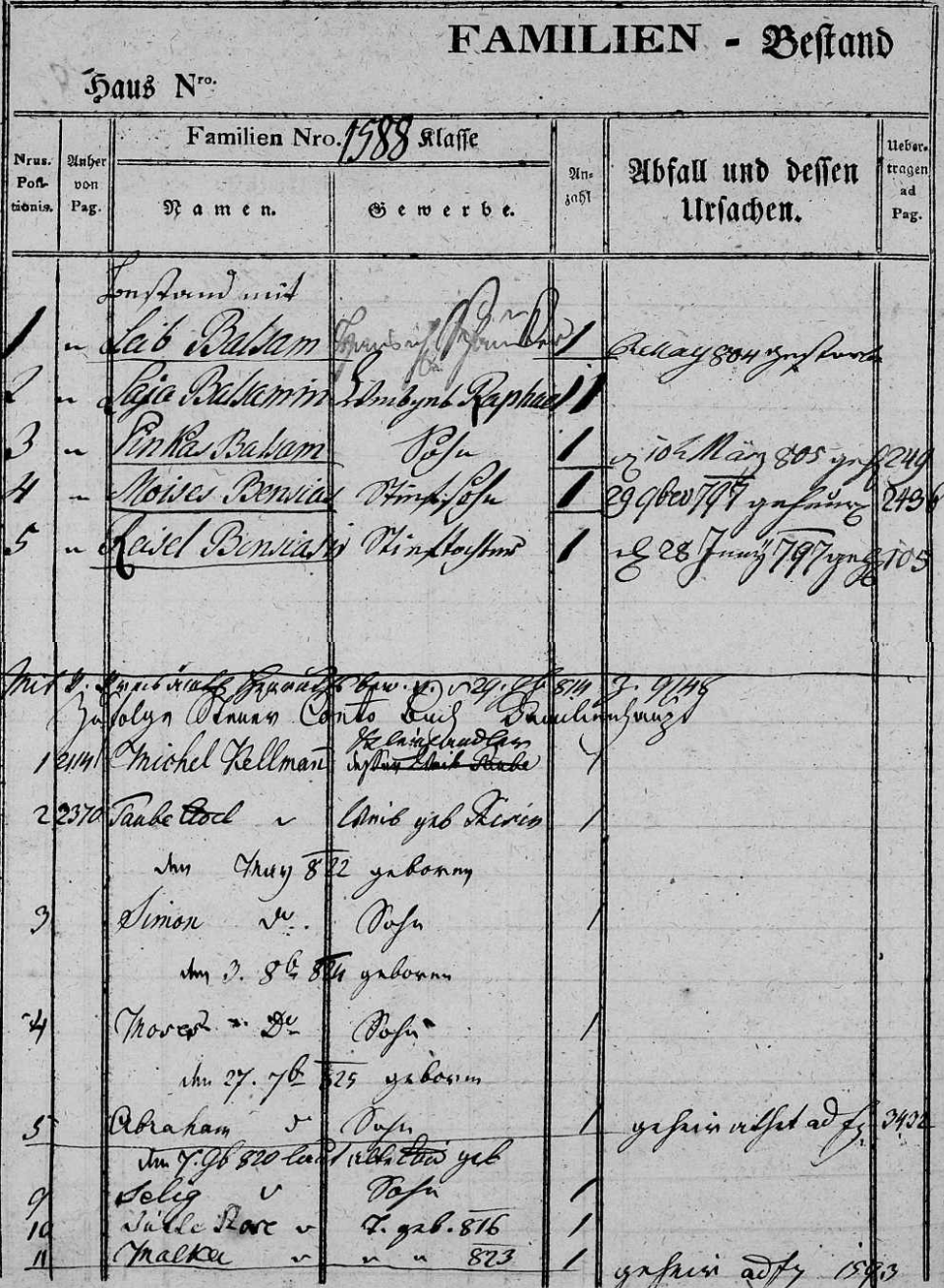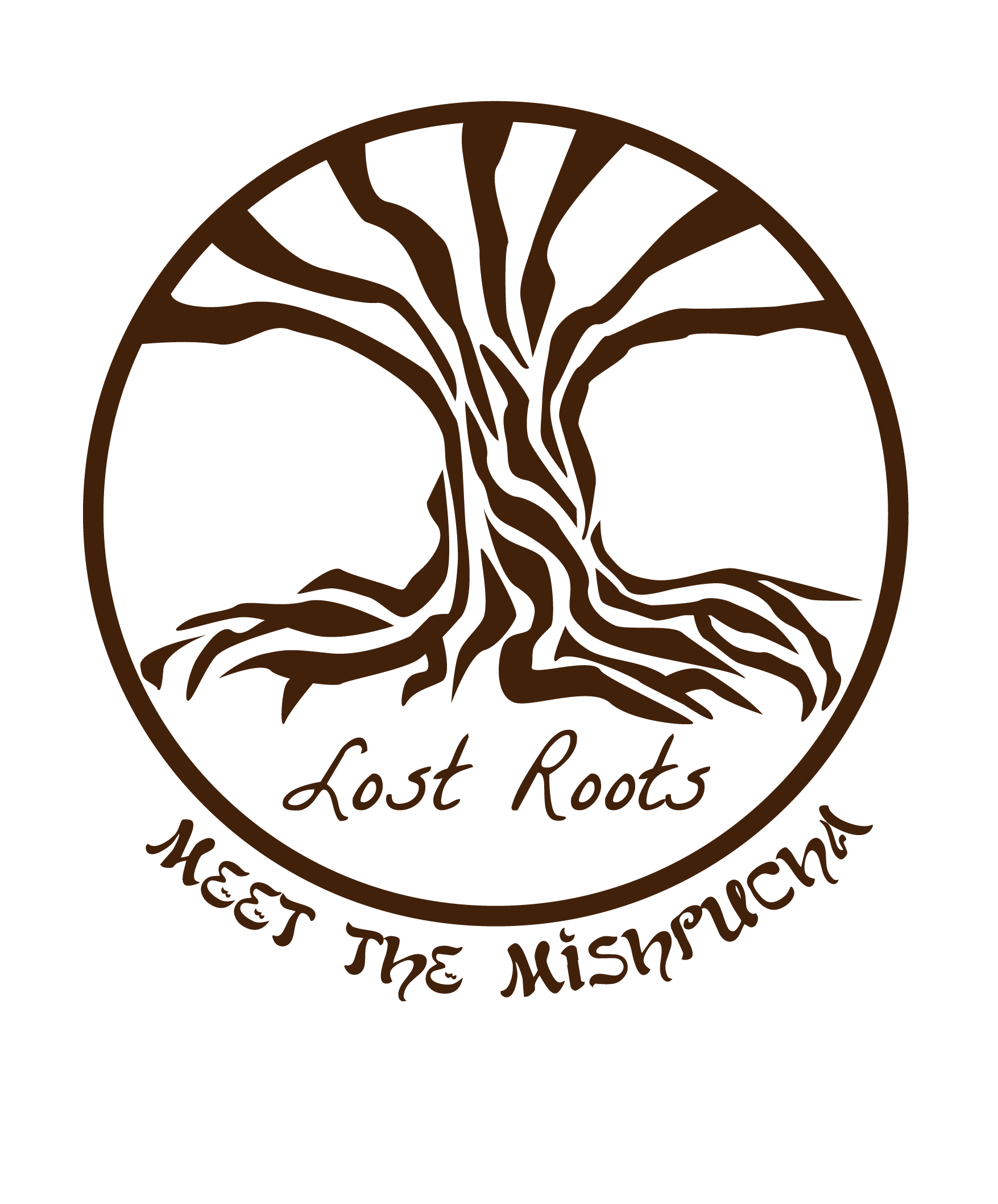FAQ
What Happens If I Hire You and You Don’t Find Anything?
Simply put, I do not want to take your money if I cannot find anything. Before I take on a new client, I do a brief preliminary investigation to determine feasibility. If the results of my initial investigation show that a research project would be unlikely to be viable, I do not accept the project. If I accept a client project but further research shows that my initial optimistic assessment was wrong, I return all fees paid minus a $250 research fee.
Please keep in mind that while disappointing, negative search results can still be illuminating. If your ancestors were expected to show up in records for a particular area but did not appear in them, there may have been a reason. While there could be many reasons for your family’s absence—records were not always perfect, they did not always survive, and finding aids sometimes fail—it could also be indirect evidence that they might not have been living in the place you thought. In addition, negative search results are valuable for helping guide future research, helping to avoid duplicating past research and steering you away from research avenues which are unlikely to be fruitful.

What Materials Are Available? How Far Back Can You Research?
In short, genealogy records for Jews in Central and Eastern Europe tend to begin in the early to mid-19th century. With a bit of luck, sometimes the death of an elderly ancestor in the 1820s or 1830s may have been recorded, and the death record may name the person’s parents. In such cases, your family may potentially be traceable back to the 1750s or even earlier. In other cases, special sources may allow for the tracing of family history to the early 1700s or even earlier. Please see section 2 of my website for much more in-depth information about the available types of genealogy records and information on Jewish families in Central and Eastern Europe.
Didn’t All the Records Get Destroyed During the War? Didn’t the Nazis Deliberately Destroy Jewish Records during the Holocaust?
Miraculously, many records throughout Europe survived the countless wars, fires, and other disasters wrought by time. Moreover, although the Nazis sought the complete eradication of the Jewish people, they actively preserved Jewish records. As a result, hundreds of thousands of Jewish records spanning a period of more than two centuries survive in archives throughout Europe. Please see section 2 of my website for much more in-depth information about what kinds of genealogical records are available for Jewish families from Central and Eastern Europe.
What if I Don’t Know Where My Family Came from before Emigrating to America?
One of the most common challenges in Jewish genealogy is locating one’s pre-emigration hometown. Many American Jews came here during the 1880s, 1890s, and 1900s, and relatively few families who emigrated at that time can still remember where they came from. Fortunately, American immigration documents and other records often identify an immigrant’s town of origin—particularly for those who arrived after 1906. Furthermore, World War 1 and 2 draft registration cards also typically provide this information. While the information on these documents is not always complete and is sometimes contradictory, in many cases it is enough to successfully identify town of origin.
Once I have identified the town of origin, I may be able to trace your family much farther back than the ancestor who immigrated to America. Depending on the availability of records, I may be able to trace your family back to the 1700s, identify other family branches who stayed in Europe or who immigrated to other places, and find out what happened to your relatives during and after the Holocaust.
What If My Family Name Was Changed at Ellis Island? How Can You Find My Family in Europe?

It is one of the most common misconceptions in genealogy that family names were changed at Ellis Island. In fact, agents at Ellis Island and other immigration stations checked people’s names against lists provided by ships which had been prepared prior to departing Europe. Names in Ellis Island were required to match those given on all other records, which were considered legal documents.
Your ancestor may have legally changed his or her last name through the court system. If so, in many cases there is a paper trail linking the old and new names. Moreover, while immigrants could and did change their names to anything they wanted, most followed a variety of naming conventions. These factors often allow skilled researchers to connect families in Europe—under the original name—with those in America.
What if I Don’t Know Anything?
This situation is more common than you might think. Actually, you probably know more than you realize—you probably know the names of your grandparents. In fact, sometimes even just the names of your parents can be a helpful place to start. As mentioned previously, if an initial investigation shows that I would be unlikely to find information on your family, I would not take the project on—so you have nothing to lose.
